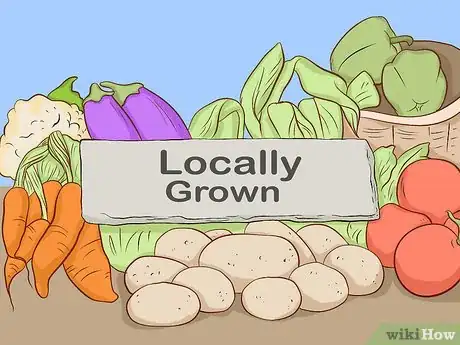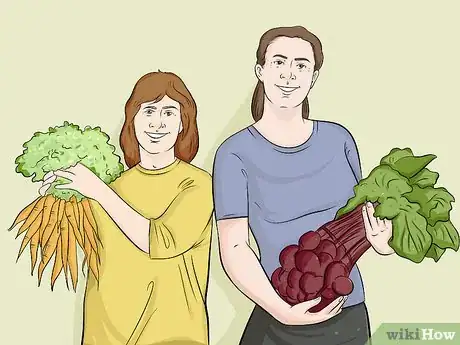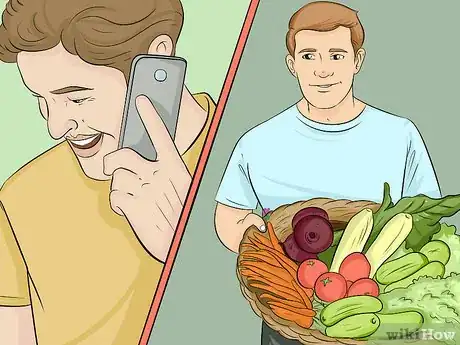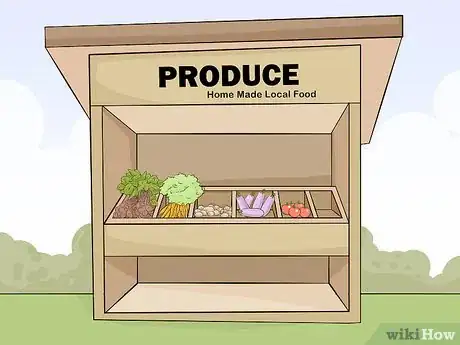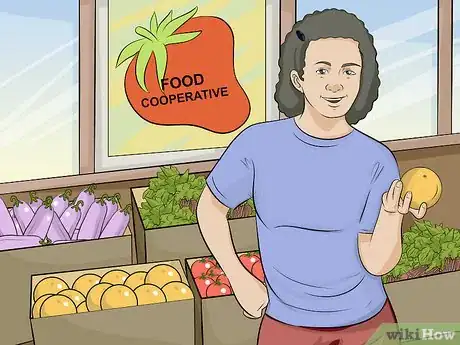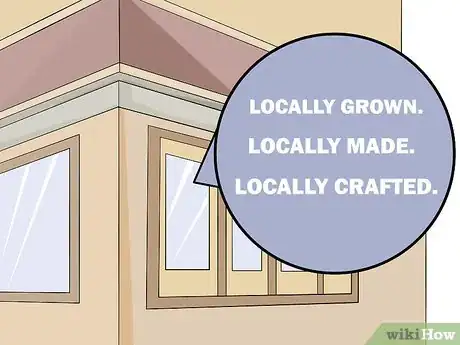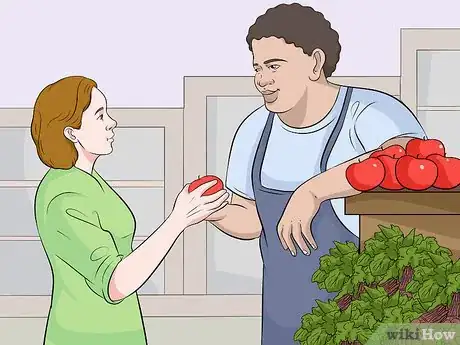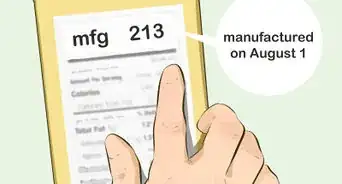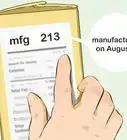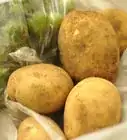This article was co-authored by wikiHow Staff. Our trained team of editors and researchers validate articles for accuracy and comprehensiveness. wikiHow's Content Management Team carefully monitors the work from our editorial staff to ensure that each article is backed by trusted research and meets our high quality standards.
This article has been viewed 24,836 times.
Learn more...
Eating locally produced food has many benefits, ranging from quality and freshness to a smaller carbon footprint. You can buy food directly from local producers by visiting your farmers’ market, joining a CSA, or buying directly from a local farm. You can also purchase local foods at food cooperatives, in restaurants, and at your local grocery store.
Steps
Buying from Local Producers
-
1Visit your local farmers’ market. Many communities host farmers’ markets where local producers sell meat, produce, and other locally produced items. In some locations, you can even use your federal food assistance funds to purchase fresh, local food. Call your local chamber of commerce or visit your city or town’s website to see when your local farmers’ market is scheduled.[1]
-
2Join a CSA. Community Supported Agriculture, also referred to as CSA, is a direct farm-to-consumer program. When you join a CSA, you agree to pay upfront for a season’s worth of local food, and receive a share weekly or biweekly. This arrangement helps the farmer pay for costs throughout the season, and guarantees a paying customer base.[2]
- Most CSAs will require you to pick up your share each week at a predetermined spot in the local community.
Advertisement -
3Explore options at local farms. While CSAs and farmers’ markets are two of the most popular ways to buy local produce, you can also eat locally by exploring farms in your area. Many farms allow you to pick your own produce when it is in season, or sell meat and poultry directly to consumers. Call around to local farms, or visit their websites, and ask what options they have for buying local food.[3]
-
4Enjoy local produce stands. Many local producers will set up produce stands during peak season as a way to sell food directly to consumers. Sometimes these stands are located on the agricultural property itself, while other times producers set up stands along roadways or in other popular areas. Keep an eye out for local produce stands and pick up a few melons the next time you pass one.[4]
Buying from Local Shops and Restaurants
-
1Check out your local food co-op. If your community has a food co-op, take some time to explore local foods there. Most co-ops offer local produce, and many also sell local meat, dairy, eggs, and prepared foods. Ask the staff what foods are produced locally before you buy.[5]
-
2Visit restaurants that offer local food. It is becoming increasingly common for restaurants to serve dishes made with local, seasonal ingredients. If you want to eat local food on the go, or enjoy it in your own town, visit a restaurant that serves up local ingredients. Check out the restaurant’s website or call ahead of time to see what’s in season and on the menu.[6]
-
3Visit your grocer. In many locales you can access locally produced food at your everyday grocery store. Many stores carry local or regional produce when in season, and some also offer local dairy, meat, and eggs. Ask the manager of your local grocery store about what foods are available for purchase throughout the year.
References
- ↑ http://www.sustainabletable.org/254/local-regional-food-systems
- ↑ https://www.localharvest.org/csa/
- ↑ http://www.sustainabletable.org/254/local-regional-food-systems
- ↑ https://www.localfarmmarkets.org/
- ↑ https://www.localharvest.org/food-coops/
- ↑ https://sustainableconnections.org/programs/food-farming/
